Deck & Commander Strategies
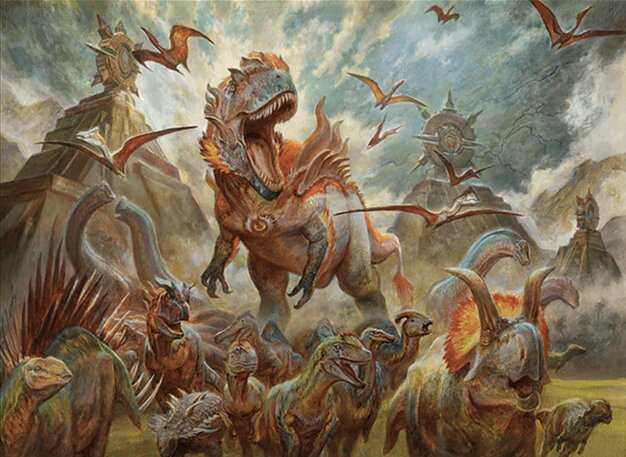
Gishath, Sun's Avatar
Ramp aggressively to cast large dinosaurs early, then use Gishath’s ability to cheat more dinosaurs onto the battlefield, backed by spells that increase power and grant double strike to close out the game through overwhelming damage.
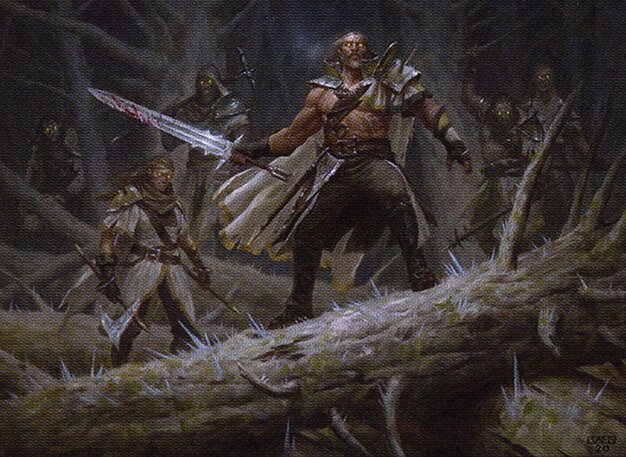
Tovolar, Dire Overlord
Leverage werewolf tribal synergies and day/night transformations to boost creatures and gain value, using fight triggers and lords to control the board and chip away at opponents.
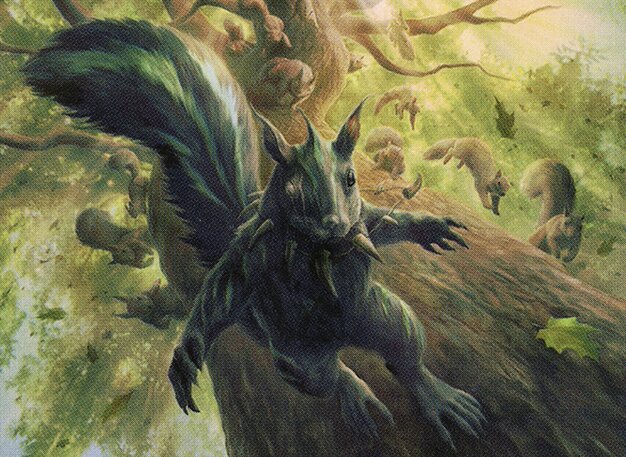
Chatterfang, Squirrel General
Generate a massive army of squirrel tokens supported by token doublers and food token synergies, using removal spells to disrupt opponents and clear the way for a wide board to overwhelm foes.

Lathril, Blade of the Elves
Flood the board with elves and use anthem effects and counters to grow creatures rapidly, triggering additional effects on creature entry to maintain board presence and pressure opponents.
Gameplay Insights
- 1
The squirrel deck’s ability to generate large quantities of tokens quickly, combined with food token synergies, allowed it to rapidly escalate board presence and pressure opponents.
- 2
The werewolf deck's use of the day/night mechanic to transform creatures and trigger fight abilities was instrumental in removing key opposing creatures and maintaining board control.
- 3
Aggressive combat decisions and well-timed removal spells were critical, exemplified by the dinosaur player using Boros Charm to protect their creatures from Snuff Out and other removal.
- 4
Strategic trades and combat interactions, such as forcing fights between creatures to remove threats, played a significant role in the shifting momentum throughout the game.
- 5
The elf deck focused on consistently growing its board and enhancing creatures with counters and anthem effects, aiming to overwhelm opponents with volume and power.
Notable Cards
-

Tovolar, Dire Overlord // Tovolar, the Midnight Scourge
-
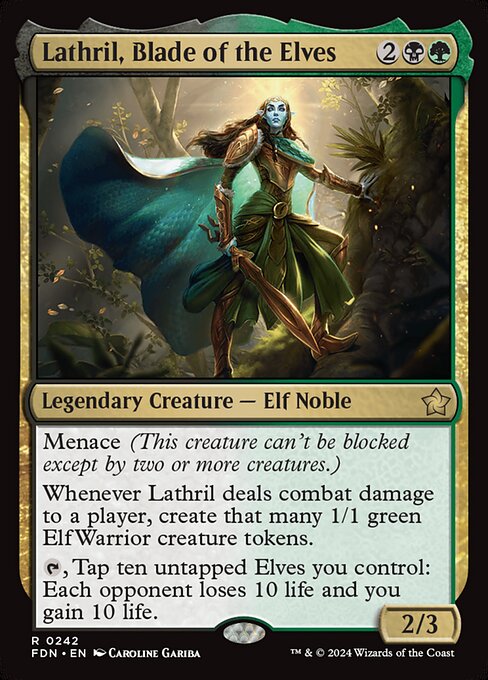
Lathril, Blade of the Elves
-

Chatterfang, Squirrel General
-

Gishath, Sun's Avatar
-

Boros Charm
-

Snuff Out
-
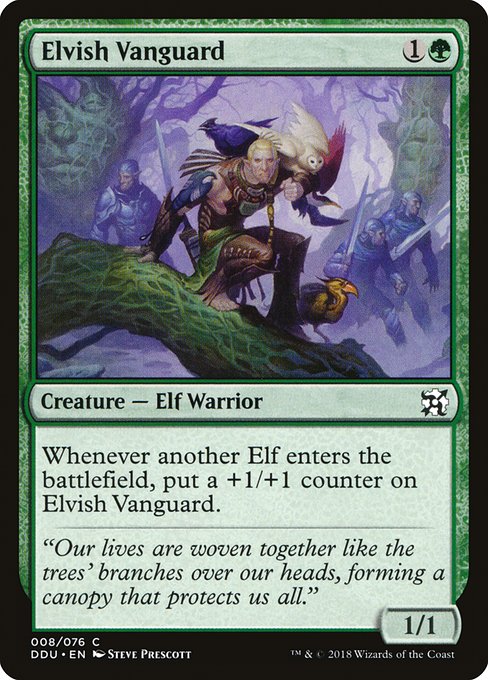
Elvish Vanguard
-
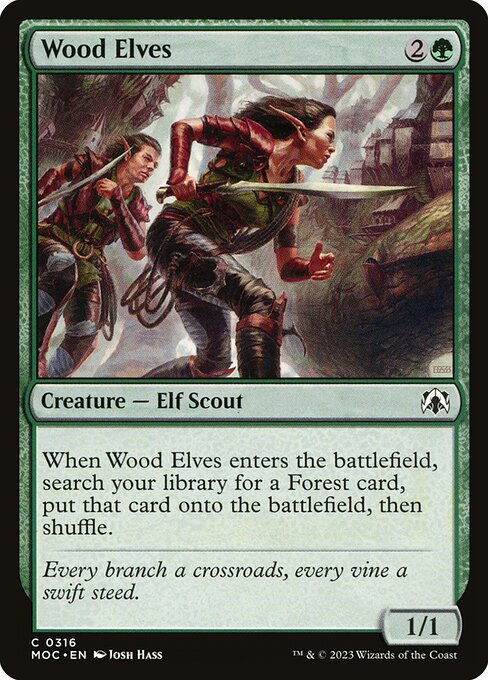
Wood Elves
-
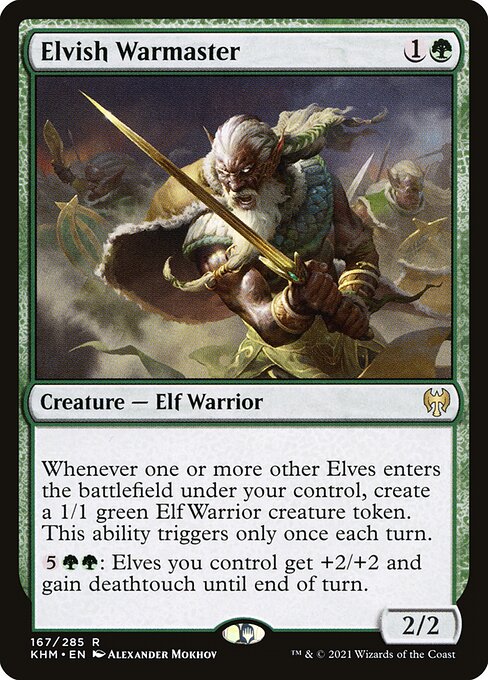
Elvish Warmaster
-
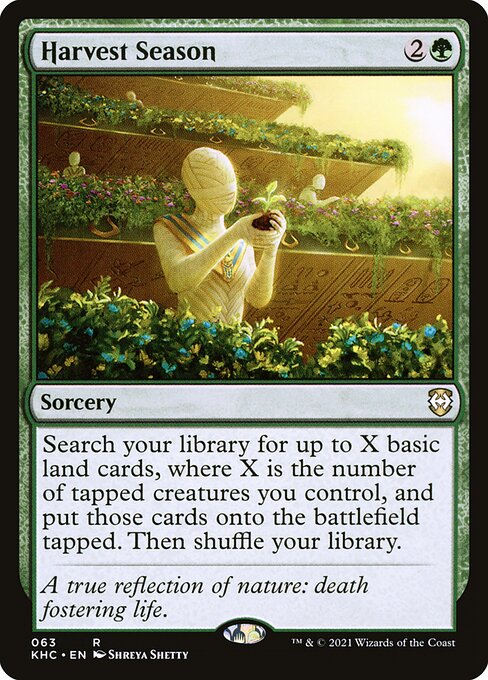
Harvest Season
-
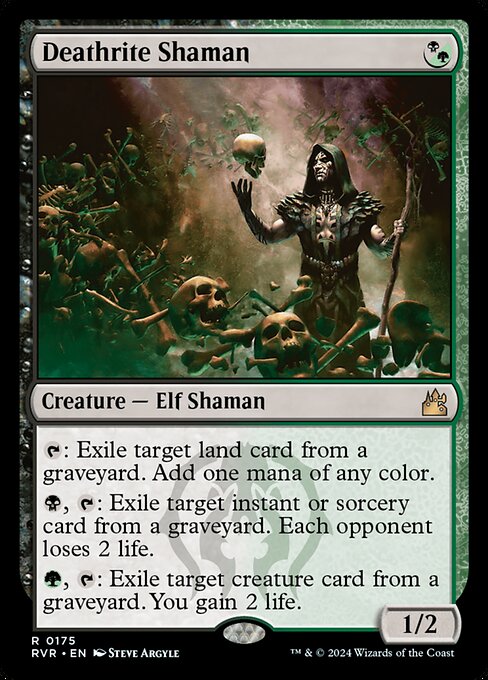
Deathrite Shaman
-
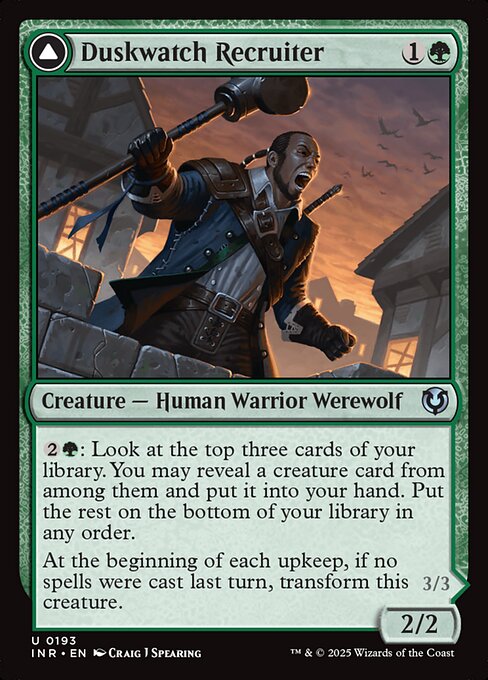
Duskwatch Recruiter // Krallenhorde Howler
-
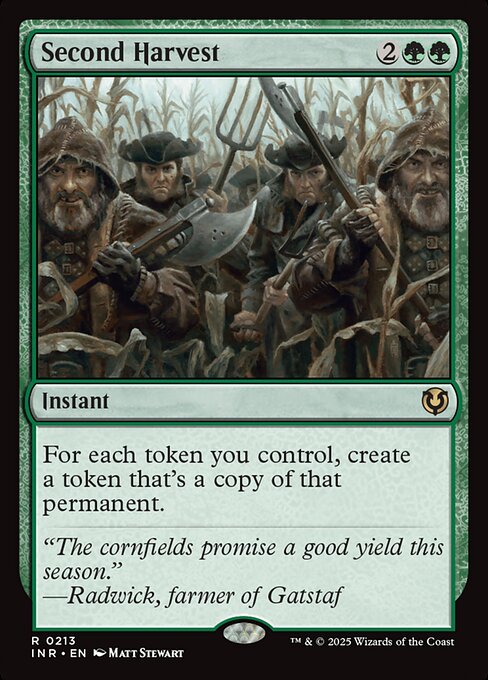
Second Harvest
-

Kodama's Reach
Gameplay Summary
The game featured four distinct tribal decks competing for dominance: dinosaur, werewolf, elf, and squirrel tribes.
Early turns involved ramping and establishing board presence, with each player deploying key tribal creatures like Tovolar, Dire Overlord, Lathril, Blade of the Elves, Chatterfang, Squirrel General, and Gishath, Sun's Avatar.
The squirrel and elf decks focused on token generation and boosting their creatures through anthem effects, while the dinosaur deck ramped hard to cast big threats and enhance commander prowess.
The werewolf deck leveraged day/night transformations to power up and generate value with lords and fight triggers. As the game progressed, board interactions escalated with combat damage triggering token generation and strategic removal spells.
Notably, the squirrel player was able to rapidly increase their board with multiple food and squirrel tokens, creating a significant threat.
Key combat phases involved fights between werewolves and elves, with the werewolf player using fight triggers to remove opposing creatures.
The dinosaur player showcased resilience by casting spells like Boros Charm to protect their creatures from removal and making aggressive plays to destroy opposing threats.
The game saw pivotal moments when spells like Snuff Out were countered or mitigated, and mass token generation from Chatterfang swung momentum. Although the game was still unfolding near the end of the observed segment, it was clear that the squirrel deck’s explosive token growth combined with combat synergy posed a major threat, while the dinosaur deck aimed to leverage high power and indestructibility to close out the game.
The interplay of tribal synergies, combat tricks, and removal spells defined the strategic landscape, with each player attempting to balance aggression and defense to achieve their tribal win conditions.












![$125 Budget!! Firja vs Lathril vs Lynde vs Tovolar [EDH/Commander, Magic The Gathering Gameplay] thumbnail](https://i.ytimg.com/vi/bRtAPE8DXIw/sddefault.jpg)


























